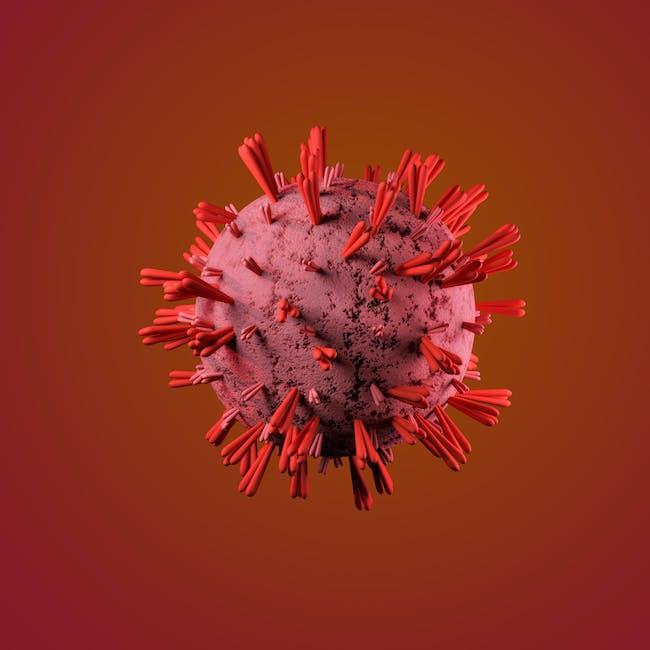
Understanding Aplastic Anemia: Causes, Symptoms, and Treatment Options
Aplastic anemia is a rare and serious medical condition that occurs when the bone marrow fails to produce enough blood cells, leading to a deficiency in red blood cells, white blood cells, and platelets. This condition can be life-threatening if left untreated, so it is important to understand the causes, symptoms, and treatment options for aplastic anemia in order to effectively manage it.
Causes of Aplastic Anemia
The exact cause of aplastic anemia is often unknown, but it is believed to be the result of damage to the bone marrow that prevents it from producing blood cells. Some of the known causes of aplastic anemia include exposure to certain toxins, such as benzene and pesticides, as well as certain medications, such as chemotherapy drugs and some antibiotics. In some cases, aplastic anemia can be caused by an inherited genetic condition, such as Fanconi anemia or dyskeratosis congenita.
Other potential causes of aplastic anemia include viral infections, such as hepatitis, Epstein-Barr virus, and HIV, as well as autoimmune disorders, such as lupus and rheumatoid arthritis. In some cases, aplastic anemia may occur as a result of an immune system response to a previous viral infection or exposure to certain medications.
Symptoms of Aplastic Anemia
The symptoms of aplastic anemia can vary from person to person, but may include fatigue, weakness, dizziness, shortness of breath, pale skin, frequent infections, and easy bruising or bleeding. These symptoms occur as a result of the body’s inability to produce enough red blood cells, white blood cells, and platelets, which are essential for carrying oxygen to the body’s tissues, fighting off infections, and promoting blood clotting.
In some cases, aplastic anemia may be diagnosed after a routine blood test reveals a low blood cell count. However, if you experience any of the symptoms mentioned above, it is important to seek medical attention for a proper diagnosis and treatment.
Treatment Options for Aplastic Anemia
The treatment of aplastic anemia depends on the severity of the condition and the underlying cause. In some cases, the first-line treatment for mild to moderate aplastic anemia may involve monitoring the condition and addressing any underlying causes, such as exposure to toxins or medications. For more severe cases of aplastic anemia, treatment options may include blood transfusions, medications to stimulate the production of blood cells, and stem cell transplantation.
Blood transfusions are used to replace the deficient blood cells and improve symptoms such as fatigue and weakness. However, frequent blood transfusions can lead to complications such as iron overload, so they are typically used as a temporary measure until a more permanent treatment option can be found.
Medications such as immunosuppressants may be used to suppress the immune system’s attack on the bone marrow, allowing it to produce more blood cells. This treatment option is often effective for individuals who are not candidates for stem cell transplantation.
Stem cell transplantation, also known as bone marrow transplantation, is the most effective treatment option for severe aplastic anemia. It involves replacing the damaged bone marrow with healthy stem cells from a donor. However, finding a suitable donor and undergoing the transplant procedure can be challenging and carries a risk of complications, so it is typically reserved for individuals with severe aplastic anemia who do not respond to other treatment options.
In addition to these treatment options, individuals with aplastic anemia may also benefit from supportive care, such as regular medical monitoring, vaccinations to prevent infections, and lifestyle modifications to manage symptoms and improve quality of life.
Living with Aplastic Anemia
Living with aplastic anemia can be challenging, as the condition requires ongoing medical management and can significantly impact daily life. However, with proper treatment and support, many individuals with aplastic anemia are able to lead fulfilling lives and manage their symptoms effectively.
It is important for individuals with aplastic anemia to work closely with their healthcare team to develop a personalized treatment plan and receive regular medical monitoring to track their blood cell counts and overall health. It is also important to follow a healthy lifestyle, including a balanced diet, regular exercise, and adequate rest, to help manage symptoms and improve overall well-being.
In addition, individuals with aplastic anemia should take precautions to prevent infections, such as practicing good hygiene, avoiding exposure to sick individuals, and staying up to date on vaccinations. It is also important to avoid medications and substances that can further damage the bone marrow, such as certain over-the-counter drugs and alcohol.
In Conclusion
Aplastic anemia is a rare and serious medical condition that occurs when the bone marrow fails to produce enough blood cells, leading to a deficiency in red blood cells, white blood cells, and platelets. The causes of aplastic anemia may include exposure to toxins, certain medications, viral infections, autoimmune disorders, and genetic conditions. The symptoms of aplastic anemia can vary but may include fatigue, weakness, dizziness, and easy bruising or bleeding. The treatment options for aplastic anemia depend on the severity of the condition and may include blood transfusions, medications, and stem cell transplantation. Living with aplastic anemia requires ongoing medical management, supportive care, and healthy lifestyle practices to effectively manage symptoms and improve quality of life. If you or someone you know is experiencing symptoms of aplastic anemia, it is important to seek medical attention for proper diagnosis and treatment.












